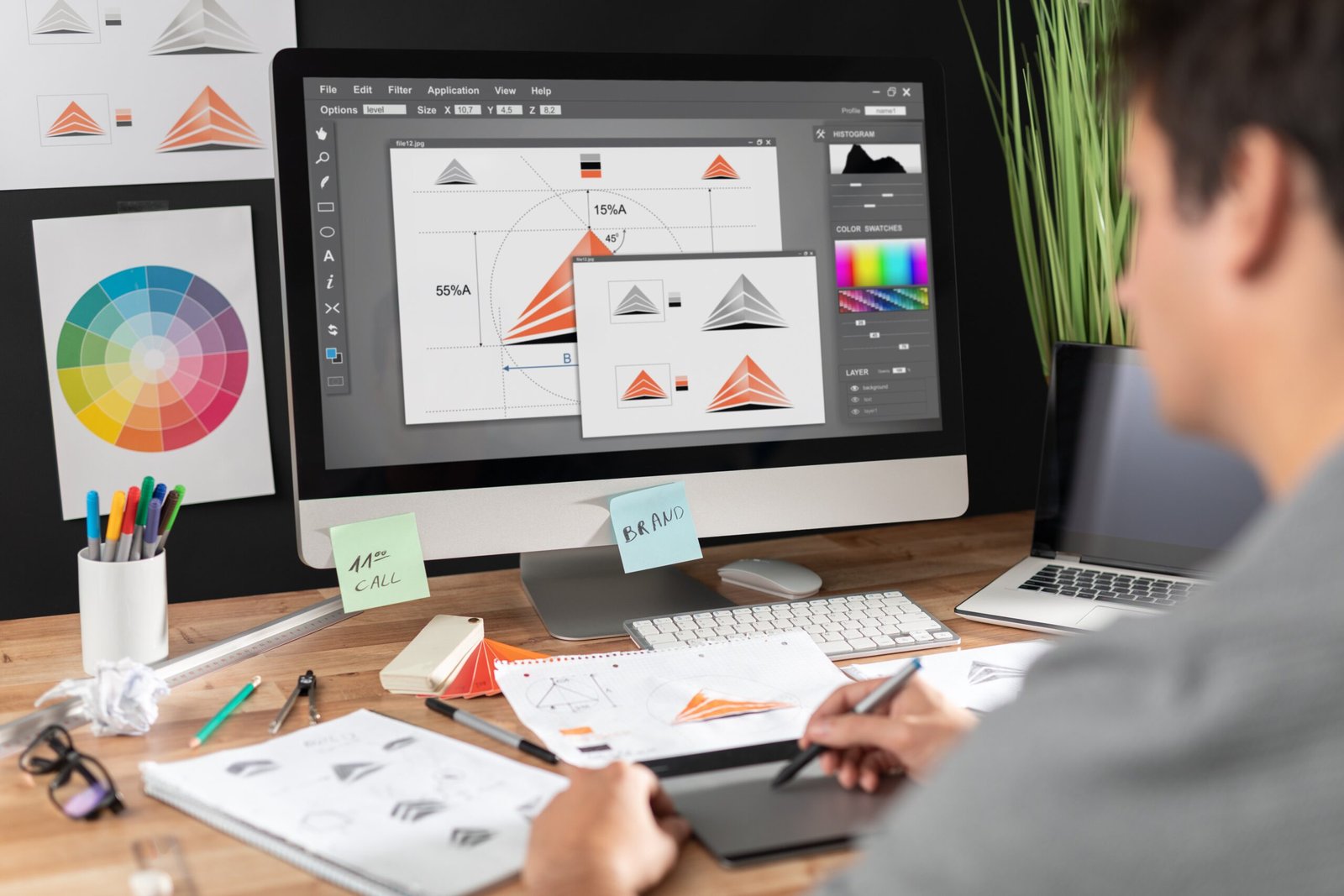How to Design Effective Trade Show Materials
Designing effective trade show materials is essential for creating a lasting impression and attracting attention to your booth. Here are some key steps to design trade show materials that are impactful and successful:
Set clear objectives
Begin by defining your goals for the trade show. Determine what you want to achieve, whether it’s generating leads, increasing brand awareness, showcasing new products, or fostering relationships. Clear objectives will guide your design process and ensure your materials align with your goals.
Know your audience
Understand your target audience attending the trade show. Consider their demographics, preferences, and interests. Tailor your design to resonate with their needs and expectations to grab their attention and create a memorable experience.
Develop a cohesive brand identity
Consistency is key when it comes to trade show materials. Create a strong brand identity that carries across all materials, including banners, brochures, flyers, business cards, and signage. Use consistent fonts, colors, imagery, and messaging to reinforce your brand and create a professional and cohesive look.
Focus on key messages
Trade show materials have limited space, so prioritize your key messages. Identify the core benefits or unique selling points that you want to communicate and ensure they are prominently featured in your designs. Use concise and engaging language to convey your message effectively.
Eye-catching visuals
Use compelling visuals that grab attention and reflect your brand. Include high-quality product images, illustrations, or graphics that are visually appealing and relevant to your offerings. Strike a balance between clarity, creativity, and professionalism to create a visually appealing design.
Showcase your products or services
Consider interactive or tangible elements that allow attendees to engage with your products or services. Incorporate product samples, demonstrations, or interactive displays that allow visitors to have a hands-on experience. This can create a lasting impression and increase their interest.
Keep it simple and readable
Avoid cluttered designs or excessive text that can overwhelm or confuse viewers. Opt for clear and concise messaging that is easy to read from a distance. Use larger fonts, bullet points, and clean layouts that quickly convey important information.
Use technology effectively
Leverage technology to enhance your trade show materials. Consider incorporating QR codes, augmented reality (AR), or interactive touchscreens to provide additional information or engage with attendees. Use technology thoughtfully to create an interactive and memorable experience.
Test and iterate
Before finalizing your designs, gather feedback from colleagues, industry experts, or potential customers. This feedback can help identify any areas for improvement or adjustments needed to ensure your materials effectively communicate your message.
Print with a reputable company
Once your designs are finalized, work with a professional printing company to ensure high-quality printing and finishes. Use premium materials that reflect the professionalism of your brand.
Remember, effective trade show materials are visually appealing, reflect your brand identity, clearly convey your key messages, and engage your target audience. By following these steps and collaborating with a skilled design team, you can create materials that captivate attendees and contribute to a successful trade show experience.



